RSS

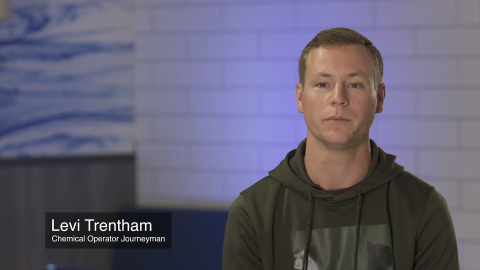
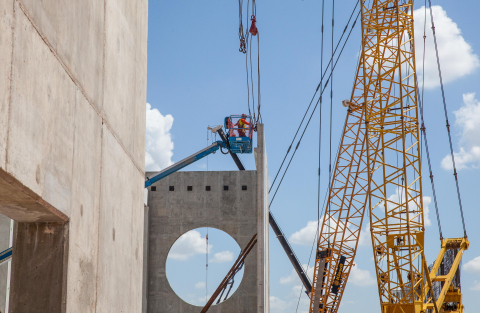

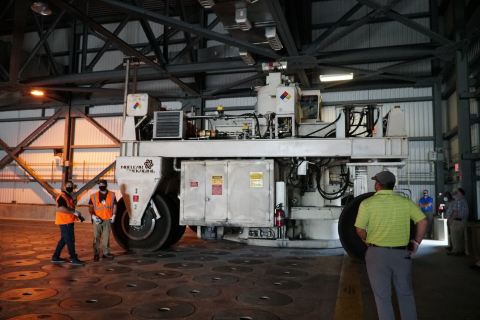
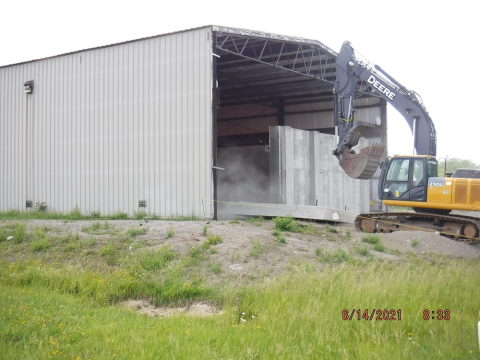
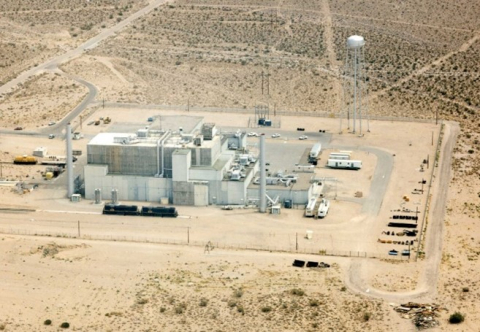
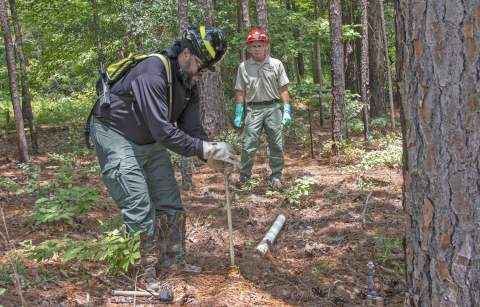

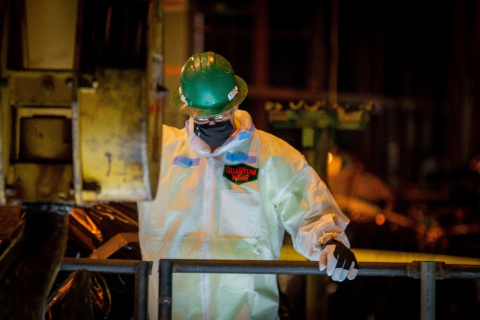

The Hanford Site is closing in on treating 28 billion total gallons of groundwater to remove contamination since treatment began in the mid-1990s, significantly reducing risk to the Columbia River.

Recruiting the next generation of organized labor in the skilled trades is vital to EM’s important mission.

One of two major buildings for a modern air supply system designed to improve air quality for workers in the underground at EM’s Waste Isolation Pilot Plant (WIPP) is quickly going vertical.

A material resembling small glass beads will serve as a critical ingredient to heating up the first melter at Hanford’s Waste Treatment and Immobilization Plant (WTP) set for later this year.

EM has demonstrated the capability to expand double-stacking high-level waste canisters at the Savannah River Site (SRS), an approach that saves the cleanup program more than $100 million.
The West Valley Demonstration Project (WVDP) is altering a former storage facility for use in processing waste during the demolition of the Main Plant Process Building.

The EM Nevada Program and its environmental program services contractor, Navarro Research and Engineering, have initiated characterization and hazard reduction activities to prepare for upcoming demolition and closure work.

Scientists in the EM program are using a 62-acre plantation of pine trees and other natural resources to greatly limit radioactively contaminated groundwater from reaching waterways on the Savannah River Site (SRS).

With help from Hanford Site employees, a large area of the site with cultural significance to tribal nations in the Northwest is making a comeback after a wildfire caused by lightning in June 2020

Since the inception of the EM program in 1989, the Paducah Site has made notable achievements in groundwater cleanup, waste removal, and other work advancing its environmental cleanup mission following more than 60 years of uranium enrichment operations.

